Multi Layer Security Size
Multi-layer Security Market Growth Projections and Opportunities
A number of key variables shape the dynamics of the multi-layer security market. The ongoing evolution and persistence of cyber threats mostly drive the markets. Organizations must constantly bolster their security as cybercriminals grow more inventive. The need for multi-layer security solutions that can offer a complete defense against a variety of threats, from malware and phishing attempts to more sophisticated types of cyber espionage, is fueled by this aspect. The constant threat environment guarantees a steady demand for cutting-edge security solutions that can change to meet new threats. Furthermore, the market for multi-layer security is greatly impacted by the regulatory environment. Globally, governments and regulatory agencies are passing strict regulations pertaining to privacy and data protection, requiring businesses to comply. Strong security measures must be put in place in order to protect sensitive data, according to these requirements. Consequently, companies are forced to spend money on multi-layered security systems that guarantee regulatory compliance in addition to protecting against cyberattacks. In response to this regulatory landscape, the market provides solutions that cater to industry-specific compliance requirements. Important market variables include the growing digitization of enterprises and the spread of linked devices. The increasing attack surface, which includes a wide variety of devices and endpoints, demands a multi-layered security strategy. In addition to traditional IT infrastructure, organizations also need to protect cloud-based resources, mobile devices, and Internet of Things devices. Because of this, the industry is driven to create products that can blend in easily with various and intricate IT ecosystems, offering comprehensive defense against attacks that target various ports of entry. Furthermore, the market dynamics are influenced by the increased awareness of the financial and reputational costs associated with cybersecurity events. Well-publicized data breaches and cyberattacks have highlighted the potential harm to an organization's brand and consumer trust. As a result, companies are realizing more and more how crucial it is to spend money on strong multi-layer security solutions in order to lessen the effects of such breaches and safeguard their brand. Because of this awareness, there is a growing market need for solutions that provide both technological resilience and help establish a strong brand identity. Technology developments in the cybersecurity space significantly shape the multi-layer security industry. Modern technology must be included in security systems to keep up with the constant evolution of cyber threats. To improve threat detection, response, and mitigation capabilities, multi-layer security frameworks are increasingly incorporating sophisticated analytics, machine learning, and artificial intelligence. This technology aspect stimulates market innovation and leads to the creation of more perceptive and flexible security solutions.
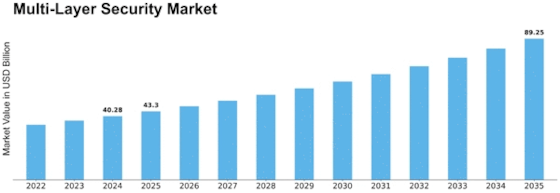
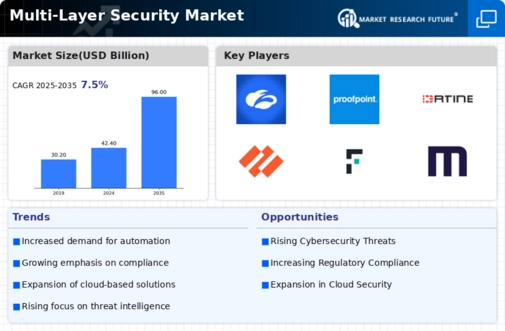
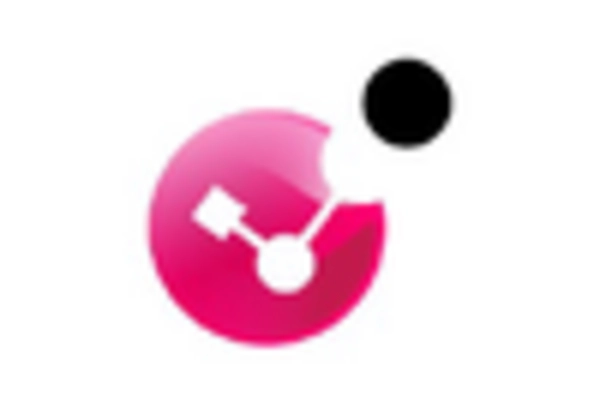

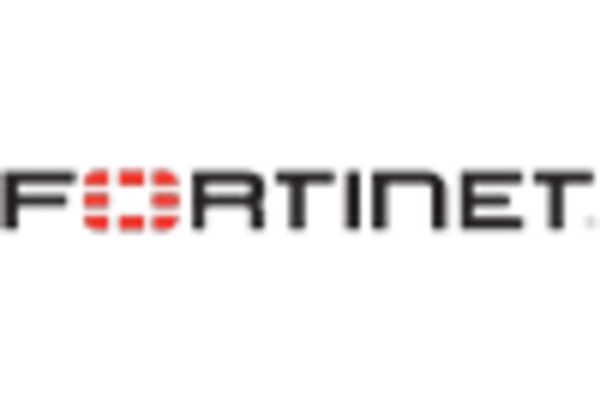
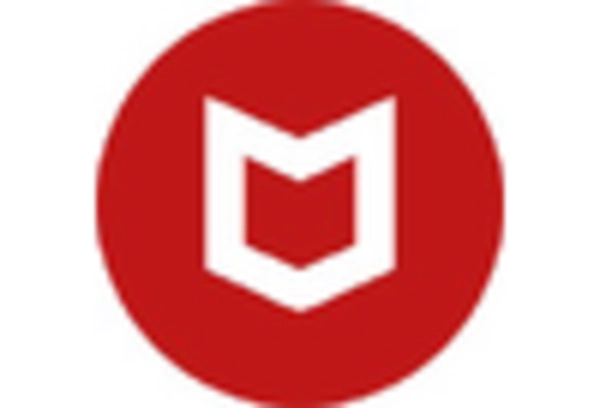
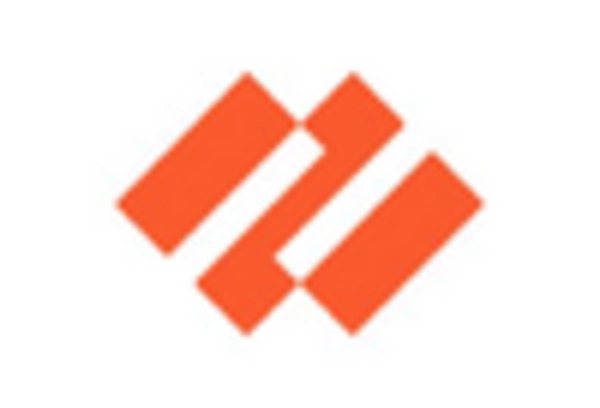
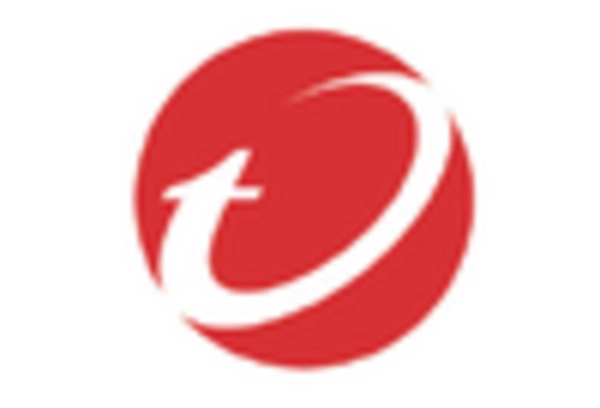









Leave a Comment